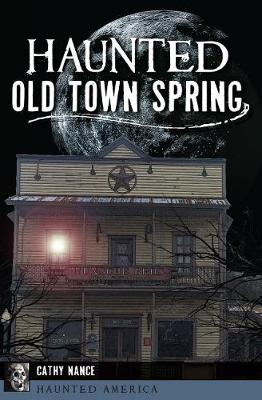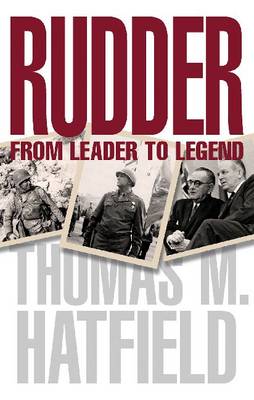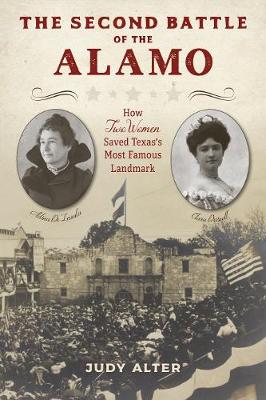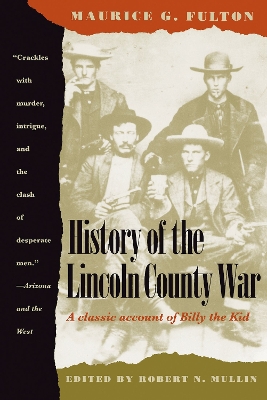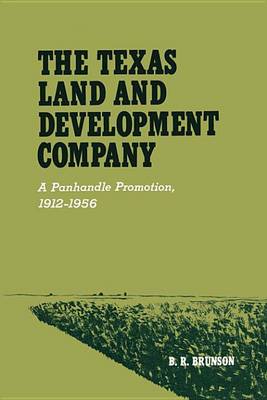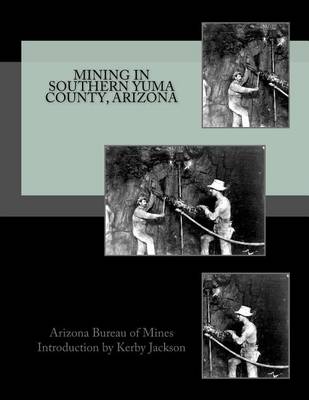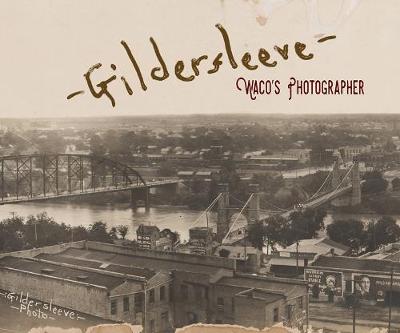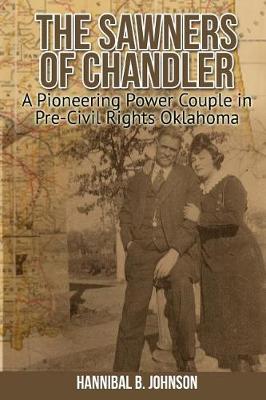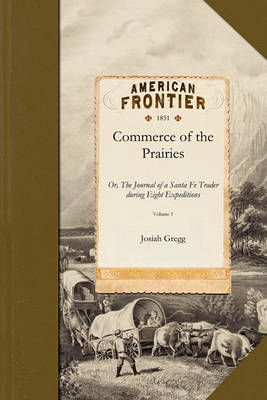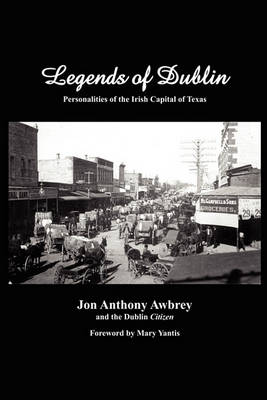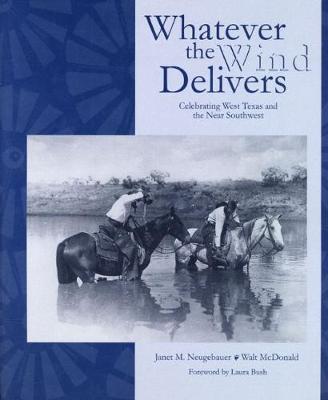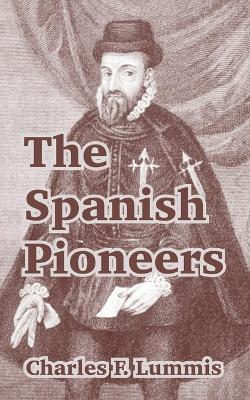Texas Southern University is often said to have been ""conceived in sin."" Located in Houston, the school was established in 1947 as an ""emergency"" state-supported university for African Americans, to prevent the integration of the University of Texas. Born to Serve is the first book to tell the full history of TSU, from its founding, through the many varied and defining challenges it faced, to its emergence as a first-rate university that counts Barbara Jordon, Mickey Leland, and Michael Stra...
Rudder (Centennial Series of the Association of Former Students, Texas A&M University)
by Thomas M. Hatfield
In times of war . . . in times of peace . . . in times of sweeping social change . . . a leader for all seasons . . . Whether scaling the seemingly insurmountable cliffs of Pointe du Hoc with his advance assault troops during the Normandy invasion, restoring integrity to the Texas Land Office, or overseeing transitions in an academic institution with hallowed traditions during a time of contentious cultural change, James Earl Rudder (1910-1970) forged a legacy of wartime gallantry and peacetime...
By 1900, the tale of the 300 Texians who died in the 1836 battle of the Alamo had already become legend. But to corporate interests in the growing City of San Antonio, the land where that blood was shed was merely a desirable plot of land across the street from new restaurants and hotels, with only a few remaining crumbling buildings to tell the tale. When two women, Adina Emilia De Zavala, the granddaughter of the first vice-president of the Texas Republic, and Clara Driscoll, the daughter of o...
Agricultural and urban development came late to the Texas South Plains, and frontier life lingered well into the twentieth century. In the decade preceding World War I numerous land companies flourished in the area and acted as catalysts for settlement and economic expansion. Prominent among these companies was the Plainview-based Texas Land and Development Company, founded in 1912 as an operating agent for a syndicate of eastern financiers. Like most land companies, the Texas Land and Developme...
Maury Maverick was possibly the first liberal United States Congressman from Texas to achieve national and even international stature. A dedicated Democrat, he was ready to attack Franklin D. Roosevelt whenever he felt that Roosevelt was flagging in his enthusiasm for reform. He was honest to the point of rudeness, and he belonged to the "damn the torpedoes" class that pulled ahead regardless of political consequences. He was at home with the literate—he was a prodigious writer and speaker—but a...
From the earliest days of the western frontier, women heeded the call to go west along with their husbands, sweethearts, and parents. Many of these women were attached to the army camps and outposts that dotted the prairies. Some were active participants in the skirmishes and battles that took place in the western territories. Each of these women-wives, mothers, daughters, laundresses, soldiers, and shamans-risked their lives in unsettled lands, facing such challenges as bearing children in prim...
Gildersleeve
It was 1905 when the man destined to become Waco's photographer first opened his shop.Fred Gildersleeve documented the city he loved, establishing his legacy through iconic images that have become Waco's visual memory. The 186 Gildersleeve images within capture the spirit of early Waco. Born in 1880 in Boulder, Colorado, Gildersleeve spent most of his childhood in Kirksville, Missouri. Throughout his early years, Gildersleeve sold his pictures for 25 cents apiece to pay for his education, workin...
Who more than the Southwesterners who've boldly claimed their home under the same tornado skies could have more cause to celebrate the millennium? And a celebration is exactly what Neugebauer and McDonald have forged in the historic photographs and poems they've paired to tell the story of the settlement and so much more. Eighty-three photographs from Texas Tech University's Southwest Collections bounty of more than 500,000 reflect needs basic to all humankind: food, clothing, shelter, governmen...
The stately mansion known as the Argyle has a past as storied and fascinating as the Lone Star State itself. From its origins as a home and headquarters of a horse ranch to its transformation into an inn and elegant dining club, and ultimately part of a pathfinding medical research endeavor, the Argyle has been at the center of San Antonio and Texas history since the middle of the nineteenth century. Originally built as a residence in 1860 by Charles Anderson, the Argyle temporarily served as...
